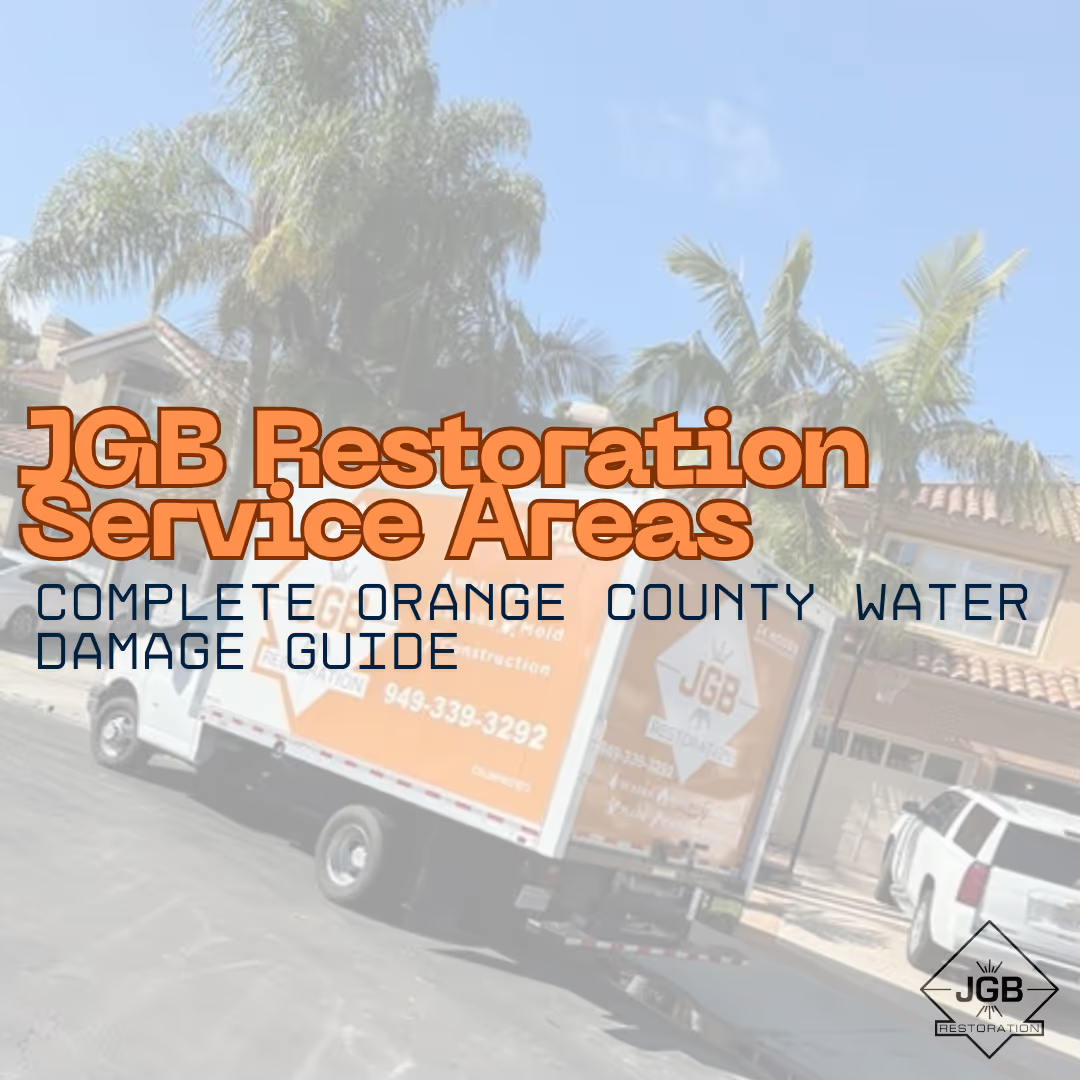A mudslide or landslide is a type of geological catastrophe. They occur when a large volume of rock, soil, sand, or other debris moves rapidly down the side of a mountain or hill. They range in severity from small and inconsequential to massive and deadly. If you live in an area prone to mudslides or landslides - especially if you live near steep slopes - it's important that you're aware of what signs indicate one is coming your way.
Mudslides are a form of landslide.
Mudslides are a form of landslides, and landslides come in a variety of forms. Some are caused by earthquakes, volcanic eruptions, and other natural disasters. Others are triggered by human activity like deforestation. They have big effects on the local environment if they catch you off guard or if you're unprepared for them. That could mean not just getting covered in mud but also losing your home or even life.
A mudslide or landslide happens at any time.
You may have heard that mudslides are more likely to happen during heavy storms, but that's not always true. Mudslides in fact happen any time there is heavy rainfall or snowfall. The ground becomes saturated with water and a heavy object breaks the surface of the soil, causing it to break apart and slide downslope. This occurs in areas where flooding is a common occurrence. It also happens in dryer conditions because of increased precipitation brought by storm fronts.
In the event of heavy rainstorms, move immediately to higher ground if you’re in a flood plain or downstream of a deficient dam. Flood plains are areas that are prone to flooding and most often occur on flat land. If you’re in this area, be sure to evacuate as soon as possible.
The same goes for dams that are deemed deficient or unstable by state or local officials. If you’re downstream from such a dam, move immediately if authorities say it could collapse during heavy rainfall.
Signs of a landslide.
If you suspect that a landslide could occur, be aware of the following:
- Listen to your gut instincts.
- Listen to your neighbors and other people in the area. They may see or hear something that you haven't noticed yet.
- Listen to local authorities, who alert you if there is any danger nearby and what actions to take immediately.
- Listen to the news regarding landslides in your area, as well as any updates about weather conditions affecting potential landslides.
- Pay attention to local wildlife as well as sounds coming from nature around you—these often provide clues about impending dangers such as landslides or flooding rains.
Listen to your local weather forecast.
When you're in an area with a high risk of mudslides, it's helpful to know some basic information about landslides so that you stay safe. When heavy rain falls on unstable soil, it triggers landslides. The following are signs that indicate a landslide may be imminent:
- Shifting soil
- New cracks in your walls or foundations
- Sinking or bulging ground
- The sound of a trickle of falling rocks
Prepare, prepare, prepare!
The best way to prepare for a mudslide or any other emergency is to have an evacuation plan in place. The National Weather Service recommends that everyone living in an area prone to landslides develop an emergency preparedness plan. Make sure everyone in your family knows what the plan is and where their disaster supply kit is located.
Educate your family on where you will go if you need to evacuate, whether it's at a friend's house, at work or school, or somewhere else nearby. Make sure all members of your household understand what the plan is, when you will leave (if necessary), and how long it will take for everyone to get there safely. It's also important for parents and guardians to make sure those children can tell them where their disaster supplies are. They should be able to access them quickly during an emergency situation such as a mudslide.
Mudslides are incredibly dangerous and unpredictable. They happen at any time, even in the middle of the night! The best thing to do is to have a plan in place before they happen. You should know where to go if you need to evacuate, and you should have a disaster supply kit ready with everything you need for three days.





